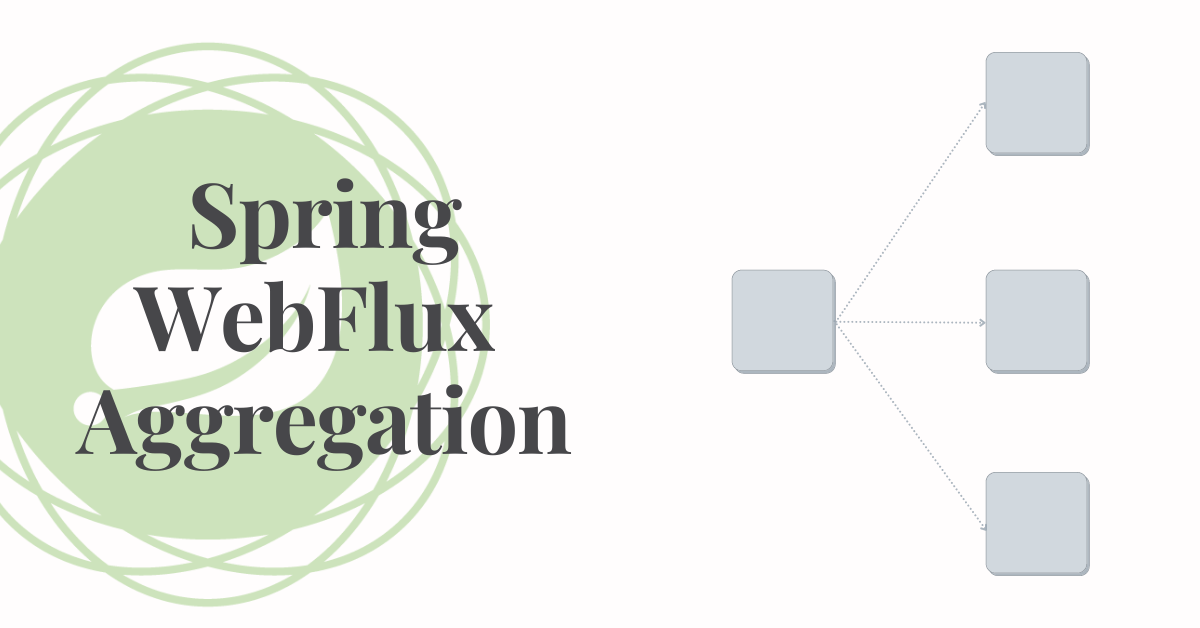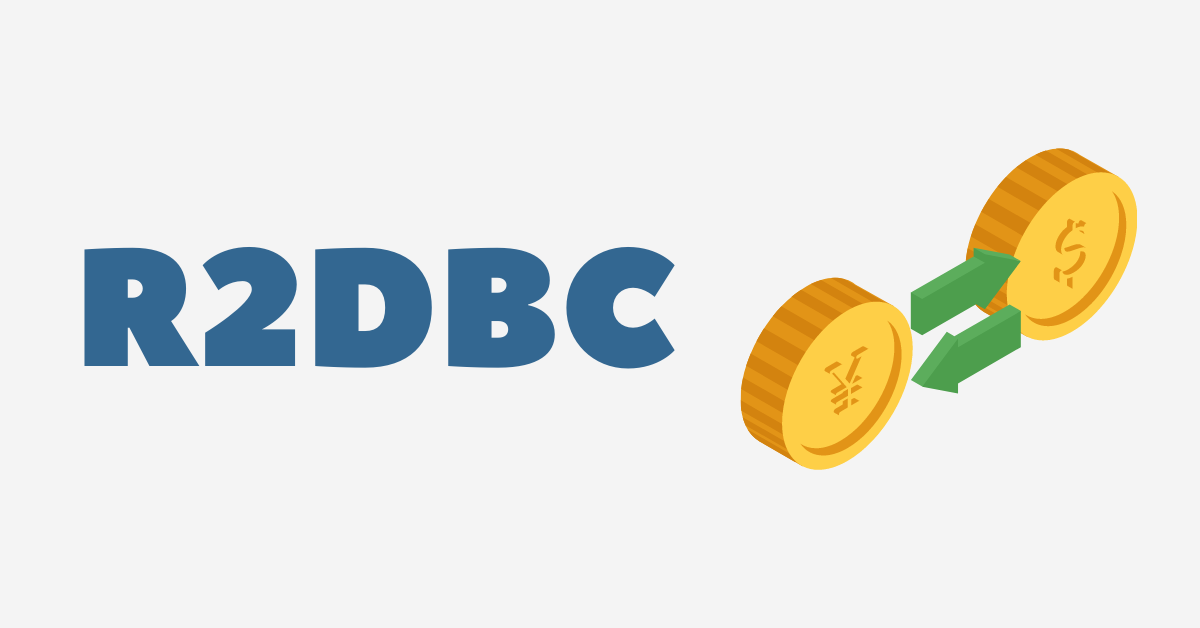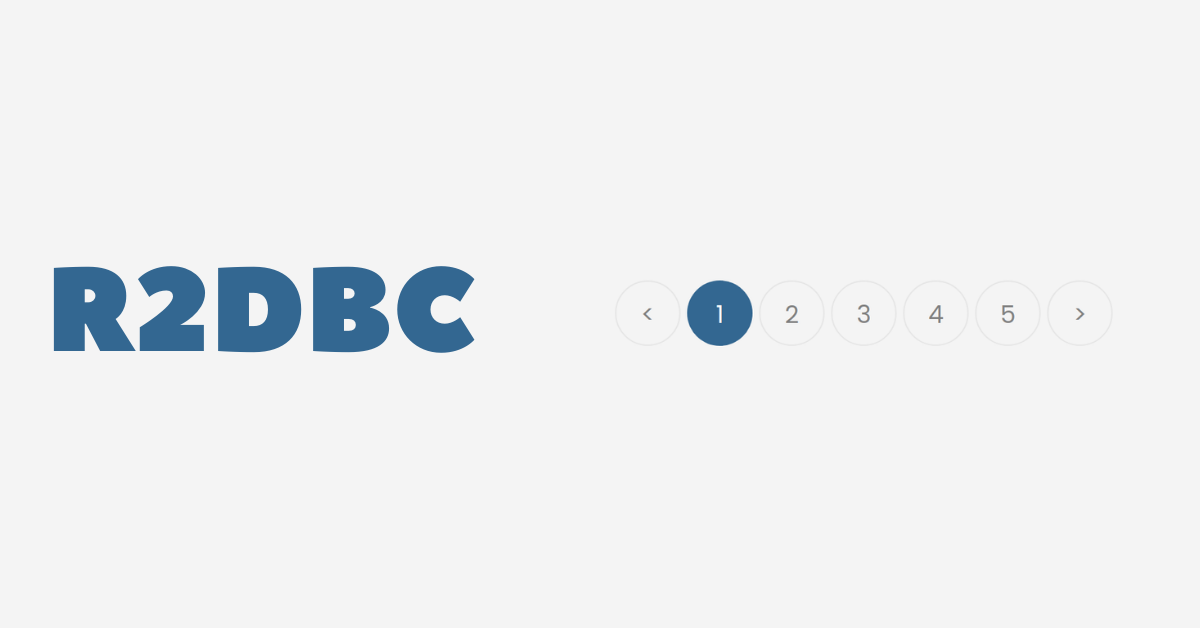Spring WebFlux Aggregation
Overview: In this tutorial, Let’s develop a simple application to demonstrate Spring WebFlux Aggregation (aka Gateway Aggregation) to send requests to multiple Microservices and gather responses from them to aggregate into a single response. Spring WebFlux Aggregation: In a Microservice architecture, we will have N number of services and each service has its own responsibilities […]










